Home>diy>Building & Construction>What Is Heavy Civil Construction
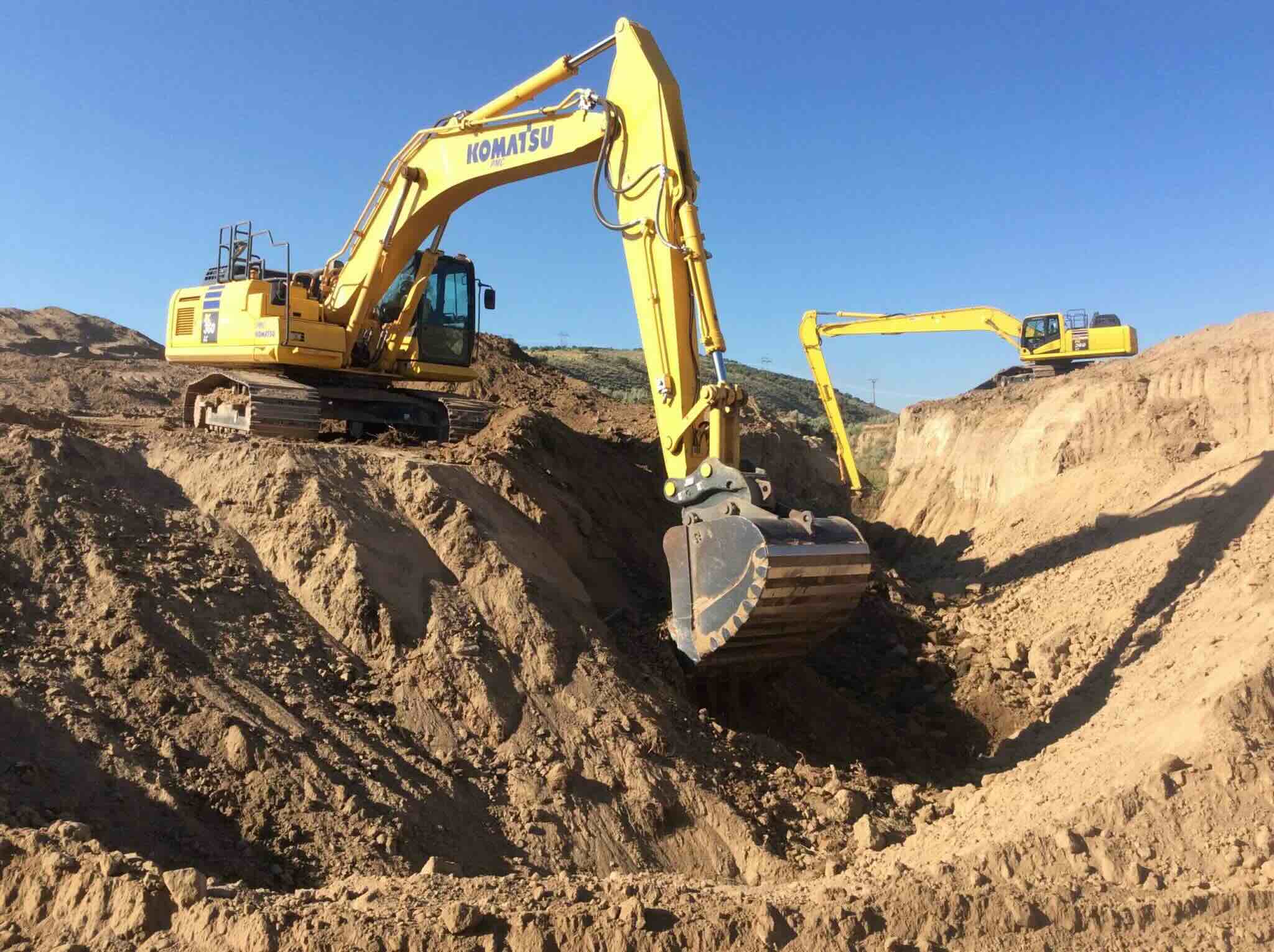

Building & Construction
What Is Heavy Civil Construction
Modified: September 1, 2024
Learn about heavy civil construction and its significance in building construction. Discover the key aspects, techniques, and challenges involved in this essential process.
(Many of the links in this article redirect to a specific reviewed product. Your purchase of these products through affiliate links helps to generate commission for Storables.com, at no extra cost. Learn more)
Introduction
When it comes to the world of construction, there are various sectors that play a vital role in shaping our built environment. One such sector is heavy civil construction. Unlike residential or commercial construction, heavy civil construction is focused on large-scale infrastructure projects that involve the development of critical public infrastructure.
Heavy civil construction projects are characterized by their magnitude, complexity, and long-term impact on society. These projects are often undertaken by government agencies or large construction companies with specialized expertise in handling large-scale infrastructure projects.
In this article, we will explore the fascinating world of heavy civil construction, understanding its definition, key characteristics, types, equipment used, challenges faced, and the importance it holds in the overall development of our infrastructure.
Key Takeaways:
- Heavy civil construction involves large-scale infrastructure projects, such as roads, bridges, and airports, crucial for economic growth, disaster resilience, and social development, shaping the future of our communities.
- Challenges in heavy civil construction, such as unforeseen ground conditions and tight deadlines, require proactive risk management and collaboration among key players to ensure successful project completion and infrastructure advancement.
Read more: What Is Civil Work In Construction
Definition of Heavy Civil Construction
Heavy civil construction refers to the construction of large-scale infrastructure projects that are essential for the functioning of societies. These projects focus on the development and improvement of public infrastructure, such as highways, bridges, dams, airports, tunnels, railways, and water treatment plants.
Unlike other forms of construction, heavy civil construction projects are characterized by their sheer size, complexity, and long-term impact on communities. They require extensive planning, engineering, and coordination to ensure the successful completion of the project within the designated time and budget.
The scope of heavy civil construction extends beyond simply building structures. It involves comprehensive site preparation, excavation, grading, utility installation, foundation construction, as well as the development of transportation systems and utilities that are vital for a region’s growth and development.
Heavy civil construction projects typically require the collaboration of various stakeholders, including government agencies, engineers, architects, contractors, suppliers, and often involve working in close proximity to the public. Health and safety regulations, environmental impact assessments, and sustainable construction practices are also integral aspects of heavy civil construction projects.
In essence, heavy civil construction encompasses the construction and development of critical infrastructure that supports economic growth, connectivity, and the overall well-being of communities.
Key Characteristics of Heavy Civil Construction Projects
Heavy civil construction projects exhibit distinct characteristics that set them apart from other forms of construction. These key characteristics contribute to the complexity, longevity, and significance of these projects. Let’s explore some of the key characteristics of heavy civil construction:
- Scope and Scale: Heavy civil construction projects involve the construction of large-scale infrastructure, such as bridges, highways, tunnels, and dams. These projects often span over extensive areas and require a comprehensive understanding of engineering principles and construction techniques.
- Long Duration: Heavy civil construction projects are typically long-term endeavors that can last several years, depending on the scale and complexity of the project. Factors such as land acquisition, regulatory approvals, and environmental considerations contribute to the extended timeline of these projects.
- Public Impact: Heavy civil construction projects have a direct and significant impact on the public. These projects aim to improve the quality of life by enhancing transportation networks, water management systems, and other critical infrastructure. As such, they often involve working in close proximity to existing communities, requiring extensive public consultation and minimizing disruptions to daily life.
- Engineering Expertise: Heavy civil construction requires specialized engineering expertise to plan, design, and execute the projects. Engineering disciplines such as civil, structural, geotechnical, and environmental engineering are crucial in ensuring the safety, durability, and functionality of these infrastructure projects.
- Complex Project Management: Due to the scale and complexity of heavy civil construction projects, effective project management is essential. Project managers must oversee multiple contractors, suppliers, and stakeholders, ensuring that the project stays on schedule, within budget, and meets the specified quality standards.
- Material Selection and Durability: Heavy civil construction projects require careful consideration of materials to ensure longevity and structural integrity. Factors such as weather conditions, traffic loads, and environmental factors influence material selection to guarantee durability and sustainability.
- Safety and Risk Management: Heavy civil construction projects involve inherent risks due to the nature of the work and the infrastructure being developed. Safety protocols, risk assessments, and contingency plans are crucial to minimize accidents, protect worker safety, and mitigate potential project disruptions.
These key characteristics highlight the unique nature of heavy civil construction projects, emphasizing their importance, complexity, and impact on society. Understanding these characteristics is essential for successfully planning and executing these large-scale infrastructure endeavors.
Major Types of Heavy Civil Construction
Heavy civil construction encompasses a wide range of infrastructure projects, each serving a specific purpose in our society. These projects are diverse and cater to various needs, from transportation networks to water management systems. Let’s delve into some of the major types of heavy civil construction:
- Roads and Highways: The construction and improvement of roads and highways are a significant part of heavy civil construction. This includes the development of multi-lane highways, interchanges, bypasses, and urban road networks, contributing to enhanced connectivity and efficient transportation systems.
- Bridges: The construction of bridges is a specialized branch of heavy civil construction. It involves designing and building structures that span rivers, valleys, and other obstacles, allowing for seamless movement of vehicles and pedestrians.
- Dams and Water Management Systems: Heavy civil construction also includes the construction of dams, reservoirs, and water management systems. These projects serve important roles in flood control, water supply, irrigation, and power generation.
- Airports: The construction of airports falls under heavy civil construction as it involves building runways, terminal buildings, control towers, and other facilities necessary for air transportation.
- Tunnels and Underground Structures: Heavy civil construction encompasses the construction of tunnels for transportation, hydroelectric power generation, water conveyance, and other utilities. These projects require specialized engineering techniques to ensure stability and safety.
- Railways: The construction of railways is a critical component of heavy civil construction, as it involves building tracks, stations, terminals, and associated infrastructure for efficient transportation of goods and passengers.
- Environmental Infrastructure: Heavy civil construction also plays a role in the construction of environmental infrastructure such as wastewater treatment plants, water filtration systems, and waste management facilities. These projects contribute to the preservation and sustenance of our environment.
These major types of heavy civil construction capture the breadth and diversity of infrastructure projects that shape our modern world. Each type serves a specific purpose and is essential for the functioning and development of our communities.
Common Equipment Used in Heavy Civil Construction
Heavy civil construction projects require a wide range of specialized equipment to undertake various tasks efficiently and effectively. The use of advanced machinery not only increases productivity but also ensures the safety of workers and the successful completion of the projects. Let’s explore some of the common equipment used in heavy civil construction:
- Excavators: Excavators are versatile machines used for digging, trenching, and earthmoving tasks. They come in different sizes and configurations, including crawler excavators and wheeled excavators, and are equipped with a bucket or an attachment for specific purposes.
- Bulldozers: Bulldozers are heavy-duty machines equipped with a large blade on the front. They are primarily used for grading, pushing soil, and clearing land. Bulldozers are powerful and can handle rough terrain with ease.
- Loaders: Loaders are used for loading materials such as soil, gravel, or debris onto trucks or conveyors. They come in different types, including wheel loaders and track loaders, and are equipped with a front-mounted bucket for efficient material handling.
- Cranes: Cranes are essential for heavy lifting tasks in construction projects. Tower cranes and mobile cranes are commonly used in heavy civil construction for lifting and placing heavy materials, equipment, or prefabricated components with precision.
- Compactors: Compactors are used to compact soil, gravel, or asphalt surfaces to create a solid and stable foundation. Vibratory compactors and smooth drum rollers are commonly utilized to achieve the desired compaction levels.
- Pavers: Pavers are machines used for laying asphalt or concrete surfaces, such as roads, runways, or parking lots. They distribute the material evenly and compact it to form a smooth and durable surface.
- Concrete Mixers: Concrete mixers are used to mix cement, aggregates, water, and other additives to produce concrete. They come in various sizes, from small portable mixers to large truck-mounted mixers, ensuring a consistent and quality concrete mix.
- Drilling Equipment: Drilling equipment is used for a variety of purposes, including soil investigation, foundation construction, and installing piles or caissons. The types of drilling equipment used include augers, drilling rigs, and pile drivers.
- Surveying Instruments: Surveying instruments such as total stations, theodolites, and GPS receivers are utilized to accurately measure and mark out the project site, establish reference points, and ensure precise alignment and elevation control.
These are just a few examples of the common equipment used in heavy civil construction. Each project may require specific equipment based on its requirements, site conditions, and the tasks at hand. The use of modern and efficient machinery plays a crucial role in increasing productivity, improving safety, and achieving successful outcomes in heavy civil construction projects.
Heavy civil construction refers to the construction of infrastructure projects such as highways, bridges, dams, and tunnels. It requires specialized equipment and expertise in large-scale construction.
Read more: What Do Civil Engineers Do In Construction
Challenges and Risks in Heavy Civil Construction
Heavy civil construction projects are not without their fair share of challenges and risks. The scale, complexity, and nature of these projects present unique obstacles that need to be carefully managed. Let’s explore some of the common challenges and risks in heavy civil construction:
- Unforeseen Ground Conditions: Heavy civil construction often involves excavation and working in the ground. Unforeseen ground conditions, such as rock formations, soil instability, or underground utilities, can pose challenges and require adjustments to the construction plan.
- Weather and Environmental Factors: Weather conditions, such as extreme temperatures, heavy rainfall, or high winds, can significantly impact construction timelines and work productivity. Environmental factors, such as environmental regulations and the need to protect sensitive habitats, may also pose challenges during project execution.
- Safety Hazards: Heavy civil construction sites can be inherently dangerous due to the presence of heavy machinery, excavation, working at heights, and the potential for accidents. It is crucial to prioritize safety protocols, provide proper training, and conduct regular inspections to mitigate safety hazards and protect workers.
- Complex Logistics: Heavy civil construction projects involve complex logistics, including transporting materials, equipment, and personnel to remote or dynamic project sites. Efficient coordination and planning are necessary to optimize logistics and ensure timely project execution.
- Financial Considerations: Heavy civil construction projects often require significant financial investments. Managing project budgets, securing financing, and dealing with cost escalations can be challenging, especially for long-term projects subjected to economic fluctuations.
- Tight Deadlines: Heavy civil construction projects are often subject to strict timelines, with penalties for delays. Meeting these deadlines while ensuring quality work and adhering to safety standards requires efficient project management, coordination, and contingency planning.
- Regulatory and Permitting Challenges: Heavy civil construction projects must navigate through various regulatory frameworks, obtaining necessary permits, and complying with environmental and safety regulations. Delays or unexpected hurdles in the permitting process can impact project schedules and costs.
- Design Changes and Scope Creep: As projects progress, changes in design or client requirements can occur, leading to scope creep. Managing these changes efficiently while balancing project constraints can be a challenge and requires effective communication, change management, and documentation.
These challenges and risks are inherent to heavy civil construction projects. However, with proper planning, proactive risk management, and effective communication among project stakeholders, it is possible to mitigate these challenges and successfully complete projects within the desired timeframe and budget.
Key Players in Heavy Civil Construction Industry
The heavy civil construction industry involves various key players who contribute their expertise and resources to plan, design, construct, and manage large-scale infrastructure projects. These key players collaborate and work together to ensure the successful execution of heavy civil construction projects. Let’s explore some of the key players in the industry:
- Government Agencies: Government agencies play a crucial role in heavy civil construction projects. They are responsible for initiating and funding infrastructure projects, setting regulations and standards, and ensuring compliance with environmental and safety requirements. They oversee the planning, procurement, and execution of infrastructure projects at regional, state, or national levels.
- Engineering and Design Firms: Engineering and design firms provide expertise in designing the infrastructure projects. They work closely with government agencies or project owners to create detailed architectural, structural, and civil engineering plans. These firms use advanced software, modeling tools, and simulations to develop optimal design solutions that meet project requirements and compliance standards.
- Contractors: Contractors are the entities responsible for executing the heavy civil construction projects on-site. They manage various aspects of the construction process, including site preparation, project scheduling, procurement of materials and equipment, and overseeing the construction workforce. Contractors may specialize in different areas, such as earthworks, concrete works, bridge construction, or road paving.
- Suppliers and Manufacturers: Suppliers and manufacturers provide the necessary equipment, materials, and components required for heavy civil construction projects. This includes concrete, steel, aggregates, construction machinery, and tools. They work closely with contractors and project owners to ensure timely delivery of high-quality materials and equipment to the construction site.
- Consultants: Consultants provide specialized advisory services and technical expertise in various aspects of heavy civil construction. They may specialize in areas such as project management, cost estimation, risk assessment, environmental impact assessment, and geotechnical engineering. Consultants work closely with project owners and engineering firms to provide valuable insights and guidance throughout the project lifecycle.
- Project Owners: The project owners, whether government agencies or private entities, initiate and oversee heavy civil construction projects. They define the project objectives, set the budget, and ensure that the project aligns with their vision and strategic goals. Project owners collaborate with various stakeholders to ensure project success and facilitate effective communication among all parties involved.
- Subcontractors: Subcontractors are specialized firms or tradespeople hired by the main contractors to perform specific tasks or trades within the construction project. They may specialize in areas such as electrical work, plumbing, structural steelwork, or landscaping. Subcontractors work under the direction and supervision of the main contractors to complete specific portions of the project.
These key players in the heavy civil construction industry work collaboratively to bring infrastructure projects to life. Their expertise, resources, and coordination are essential for the successful completion of these large-scale projects that shape our built environment and contribute to the development of communities.
Importance of Heavy Civil Construction in Infrastructure Development
Heavy civil construction plays a pivotal role in the development of critical infrastructure that is essential for the growth, prosperity, and well-being of societies. These infrastructure projects serve as the backbone of modern cities and provide the necessary foundations for economic activities, social connectivity, and sustainable development. Let’s explore the importance of heavy civil construction in infrastructure development:
- Enhanced Connectivity: Infrastructure projects such as roads, highways, bridges, and railways improve connectivity and facilitate the movement of people, goods, and services. They reduce travel times, enhance accessibility to remote areas, and stimulate economic activities by connecting urban and rural regions.
- Economic Growth and Job Creation: Heavy civil construction projects have a significant impact on the economy. They create a demand for construction materials, machinery, and skilled labor. The construction phase of these projects generates employment opportunities, while the completed infrastructure stimulates economic growth by attracting investments, businesses, and tourism.
- Social Development: Heavy civil construction projects contribute to social development by improving the quality of life for communities. Infrastructure projects such as schools, hospitals, water treatment plants, and parks provide essential services, enhance public health, and create recreational spaces that promote well-being and social cohesion.
- Disaster Resilience: Infrastructure projects focused on disaster resilience, such as dams, flood control systems, and emergency response facilities, mitigate the impact of natural disasters. They help protect lives, properties, and vital assets from floods, earthquakes, hurricanes, and other calamities, fostering a safer and more resilient society.
- Environmental Sustainability: Heavy civil construction projects can incorporate environmentally sustainable practices, such as green building design, renewable energy integration, and water conservation measures. Sustainable infrastructure reduces energy consumption, lowers carbon emissions, and minimizes the overall environmental impact, contributing to the long-term sustainability of communities.
- Water Management and Supply: Infrastructure projects focused on water management, such as reservoirs, water treatment plants, and sewage systems, ensure a reliable and clean water supply for communities. These projects contribute to public health, sanitation, and efficient water resource management, addressing the critical need for sustainable water infrastructure.
- Transportation Efficiency: Efficient transportation systems, facilitated by heavy civil construction projects, reduce congestion, enhance mobility, and improve the overall transportation experience. Well-planned road networks, bridges, tunnels, and railways provide communities with reliable and convenient transportation options, supporting economic activities and reducing environmental impacts.
- Technological Advancements: Heavy civil construction projects often drive technological advancements and innovation. These projects encourage the adoption of advanced engineering techniques, construction materials, and digital tools, promoting efficiency, sustainability, and improved project outcomes.
Overall, heavy civil construction is crucial for infrastructure development and has a profound impact on economic prosperity, social well-being, and environmental sustainability. These projects shape the physical landscape of our cities, improve connectivity, ensure access to essential services, and contribute to the overall development and resilience of communities.
Conclusion
Heavy civil construction is a vital component of infrastructure development, responsible for shaping our built environment and providing the critical infrastructure necessary for economic growth, social connectivity, and sustainable communities. The magnitude and complexity of these projects require collaboration among various key players, including government agencies, engineering firms, contractors, and suppliers.
From roads and bridges to airports and water management systems, heavy civil construction encompasses a wide range of projects that cater to different needs. These projects contribute to enhanced connectivity, economic growth, and social development by improving transportation networks, creating jobs, and providing essential services.
Heavy civil construction projects also address environmental and safety concerns, incorporating sustainable practices and ensuring resilience in the face of natural disasters. They promote technological advancements, drive innovation, and play a crucial role in advancing our infrastructure systems.
However, heavy civil construction projects are not without their challenges and risks. Unforeseen ground conditions, weather factors, safety hazards, and tight deadlines are some of the obstacles that must be overcome to ensure successful project completion.
Overall, heavy civil construction is integral to our lives, shaping the way we live, work, and move within our communities. It is a fundamental investment in the future, providing the necessary infrastructure that supports economic prosperity, social well-being, and environmental sustainability. Through careful planning, effective project management, and collaboration, heavy civil construction projects will continue to play a vital role in shaping the infrastructure of tomorrow.
Frequently Asked Questions about What Is Heavy Civil Construction
Was this page helpful?
At Storables.com, we guarantee accurate and reliable information. Our content, validated by Expert Board Contributors, is crafted following stringent Editorial Policies. We're committed to providing you with well-researched, expert-backed insights for all your informational needs.

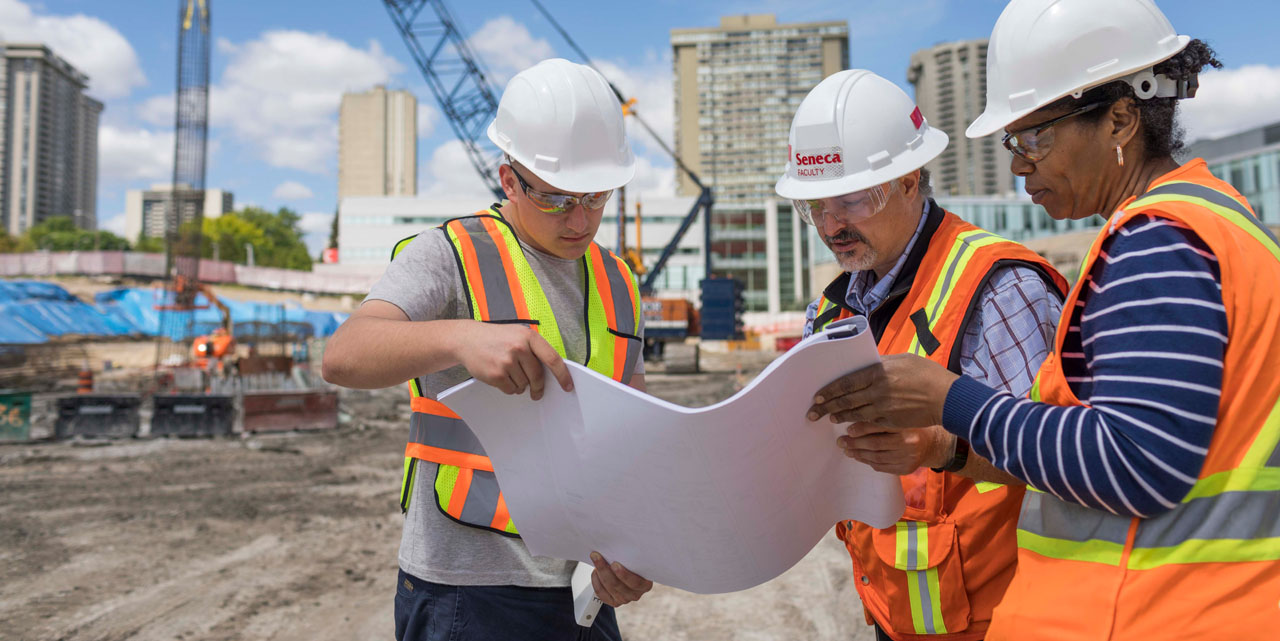
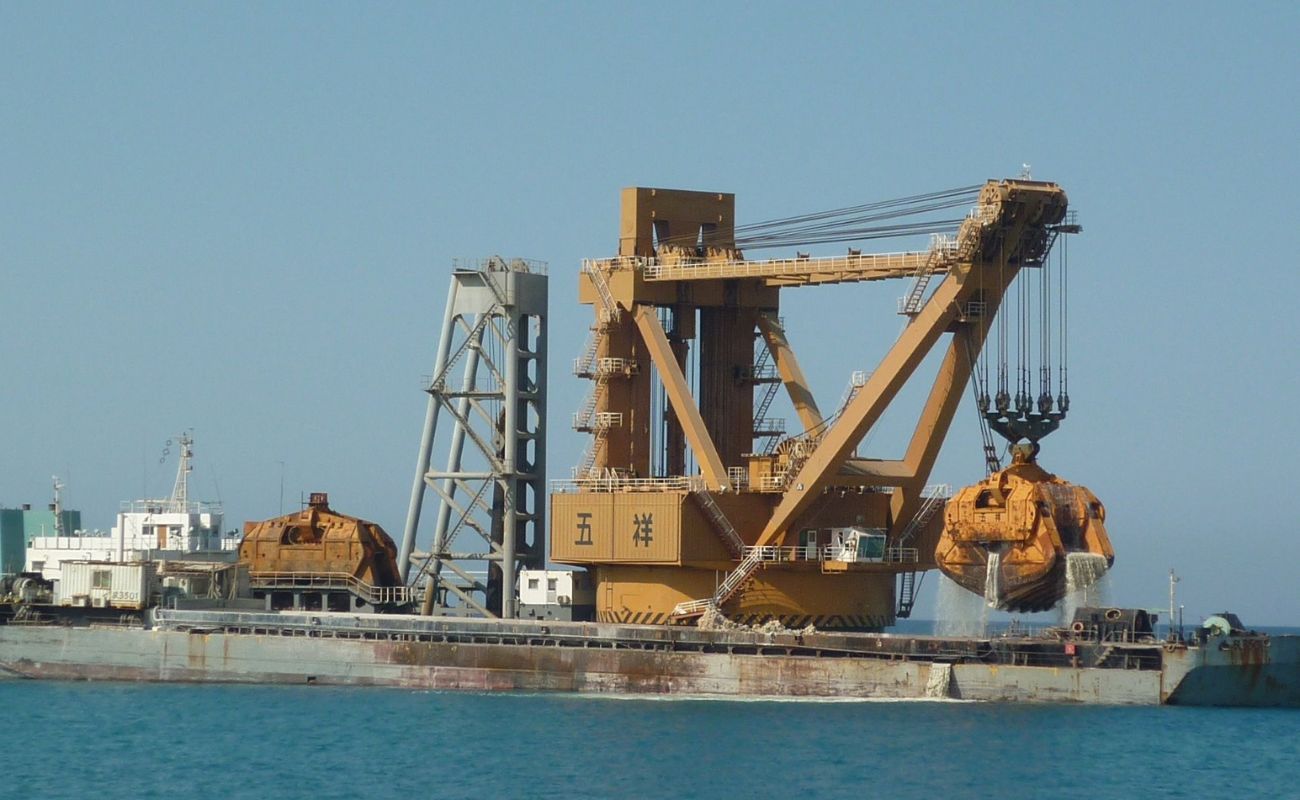







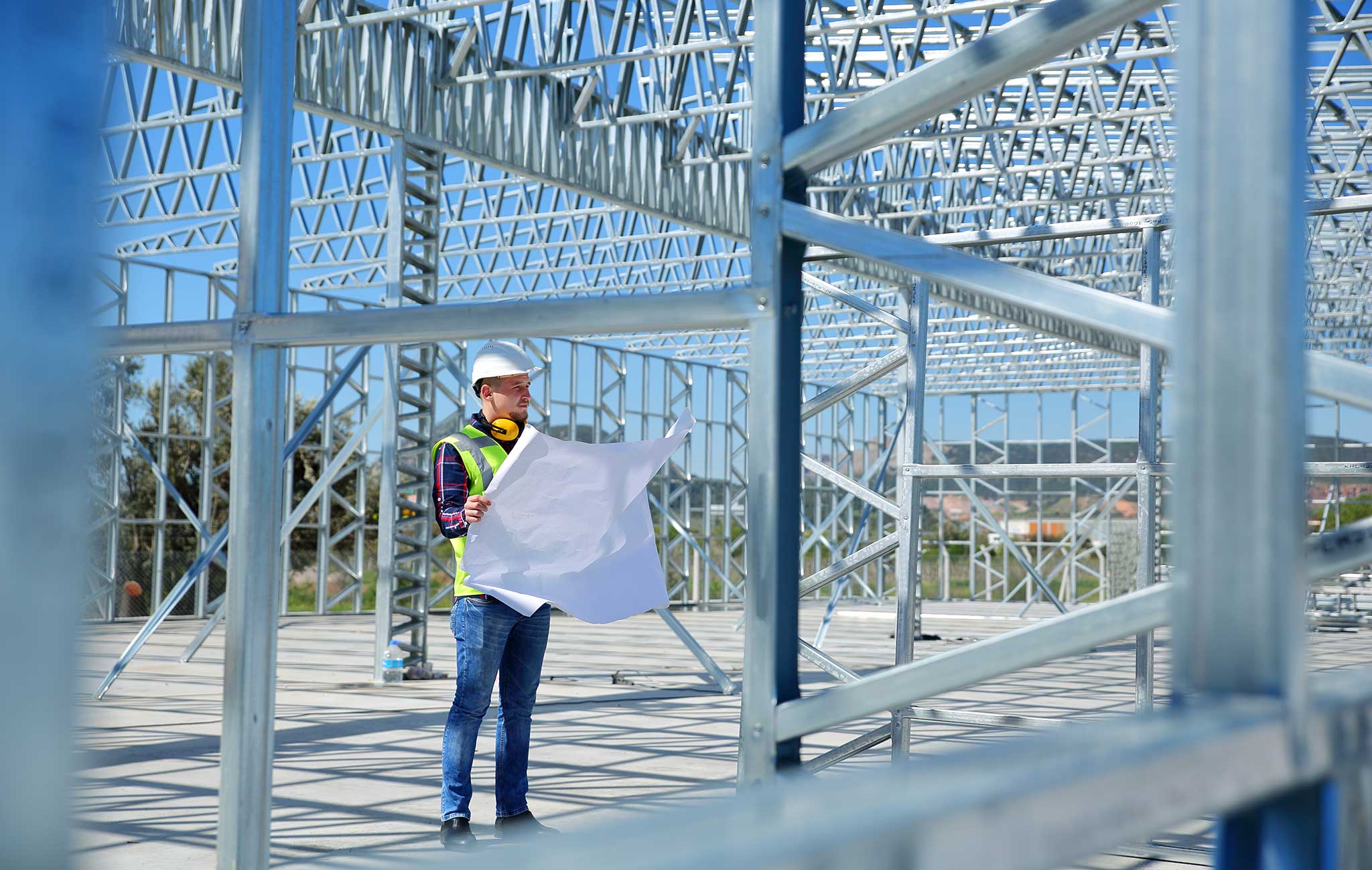


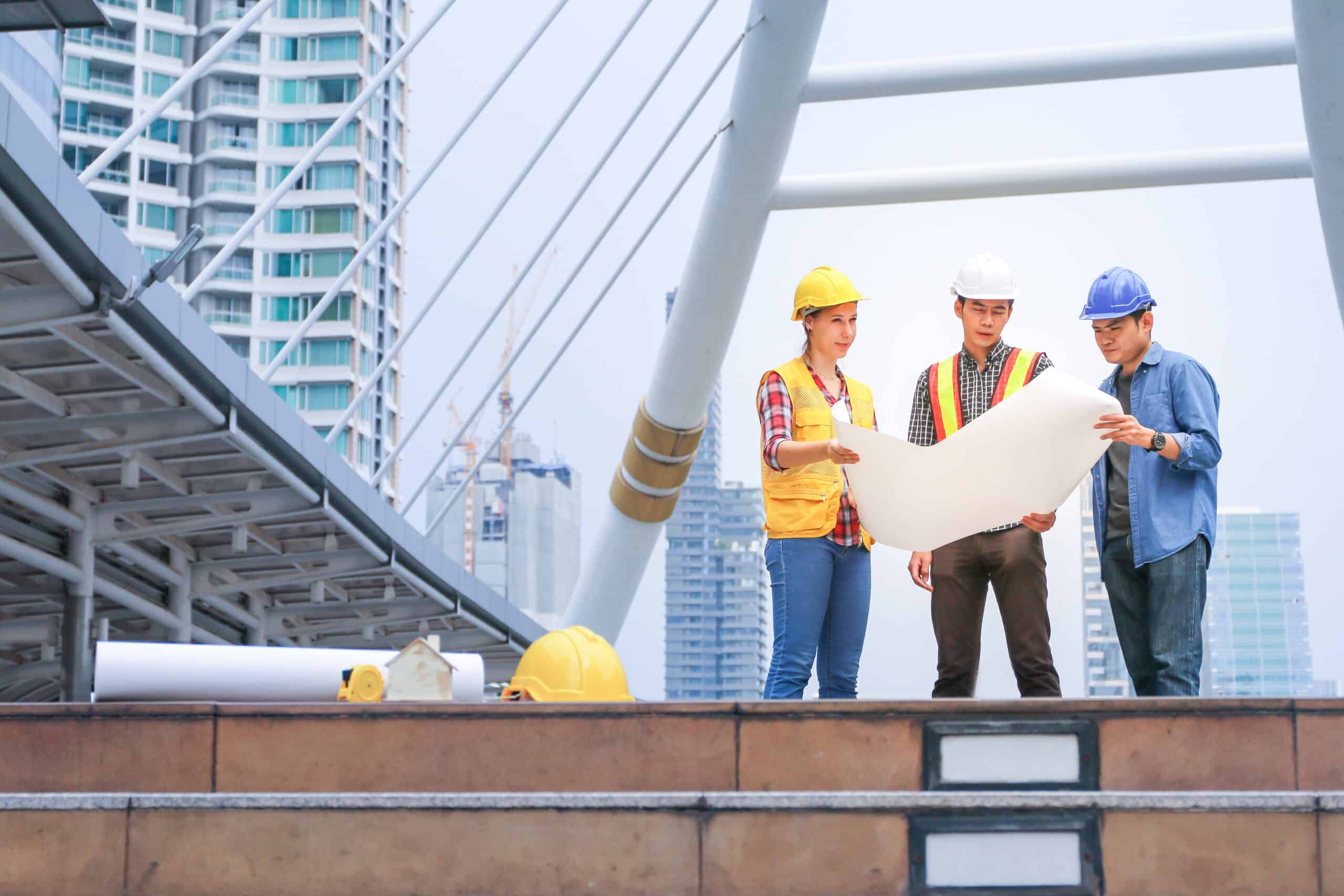

0 thoughts on “What Is Heavy Civil Construction”